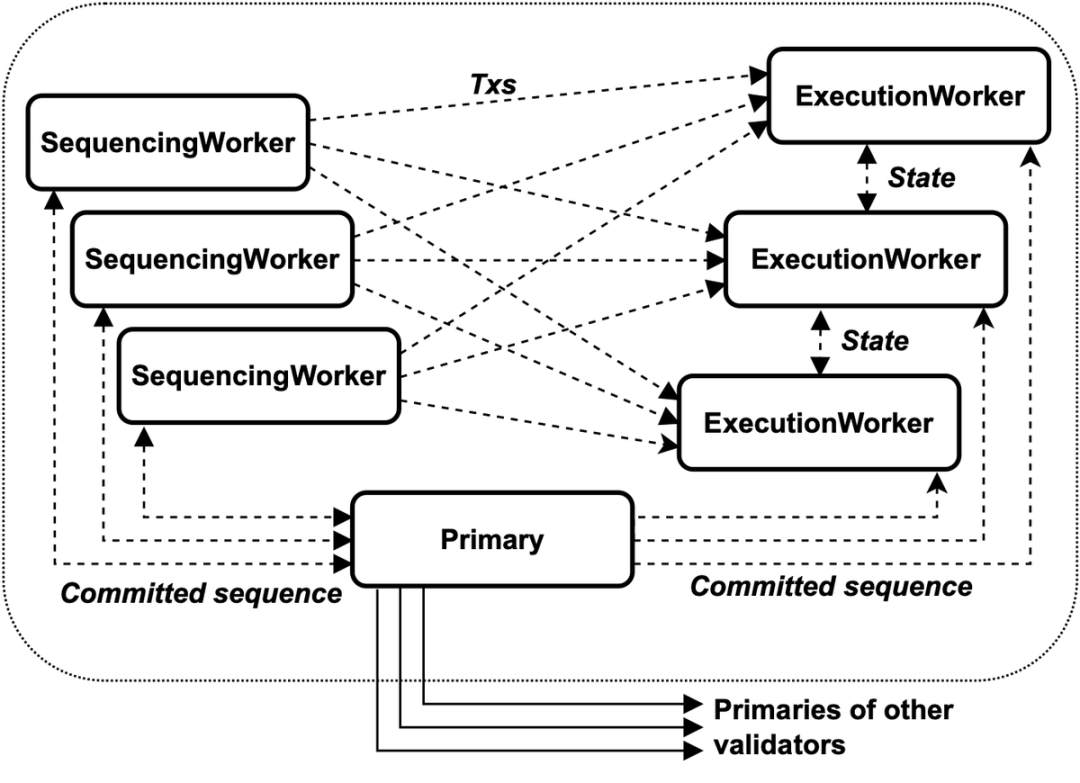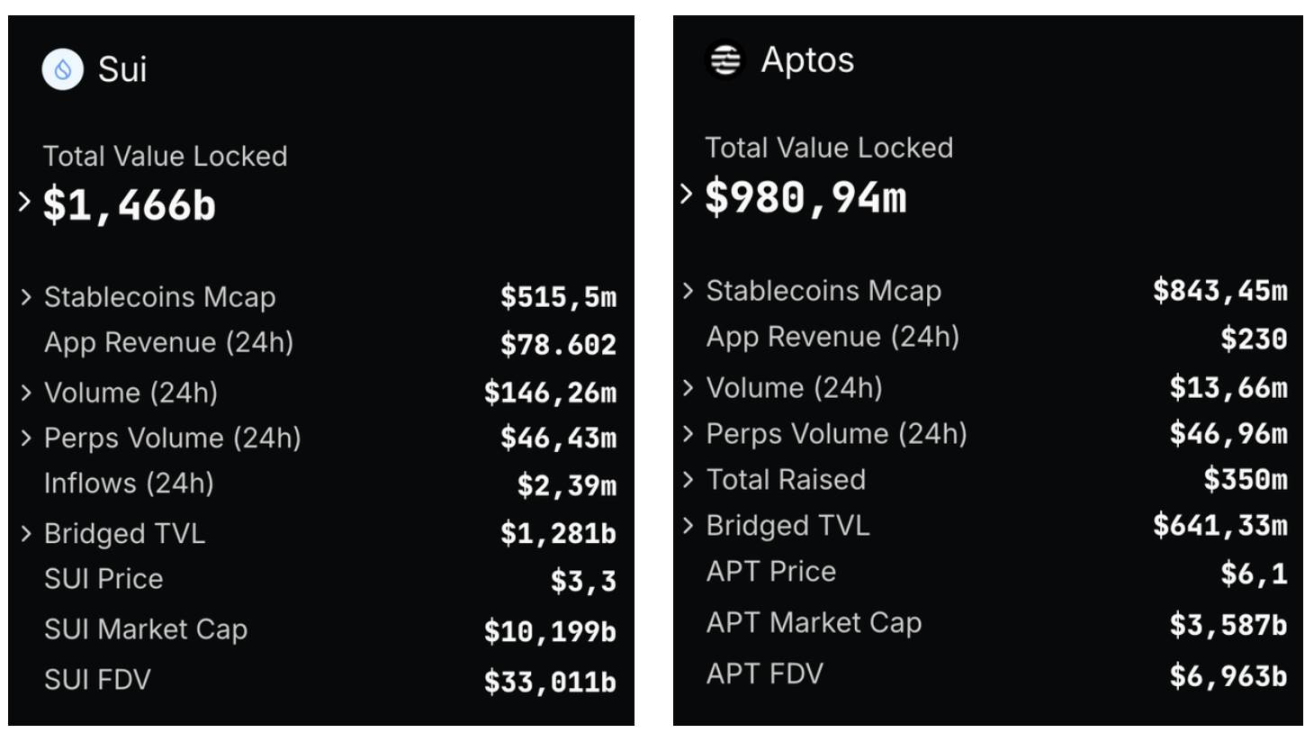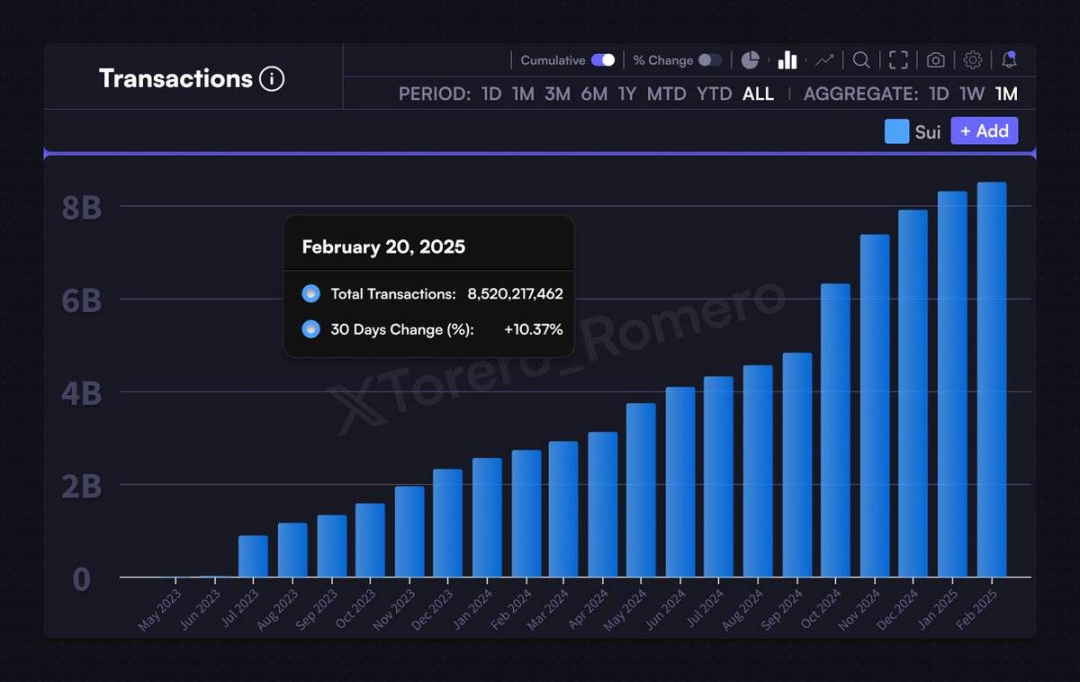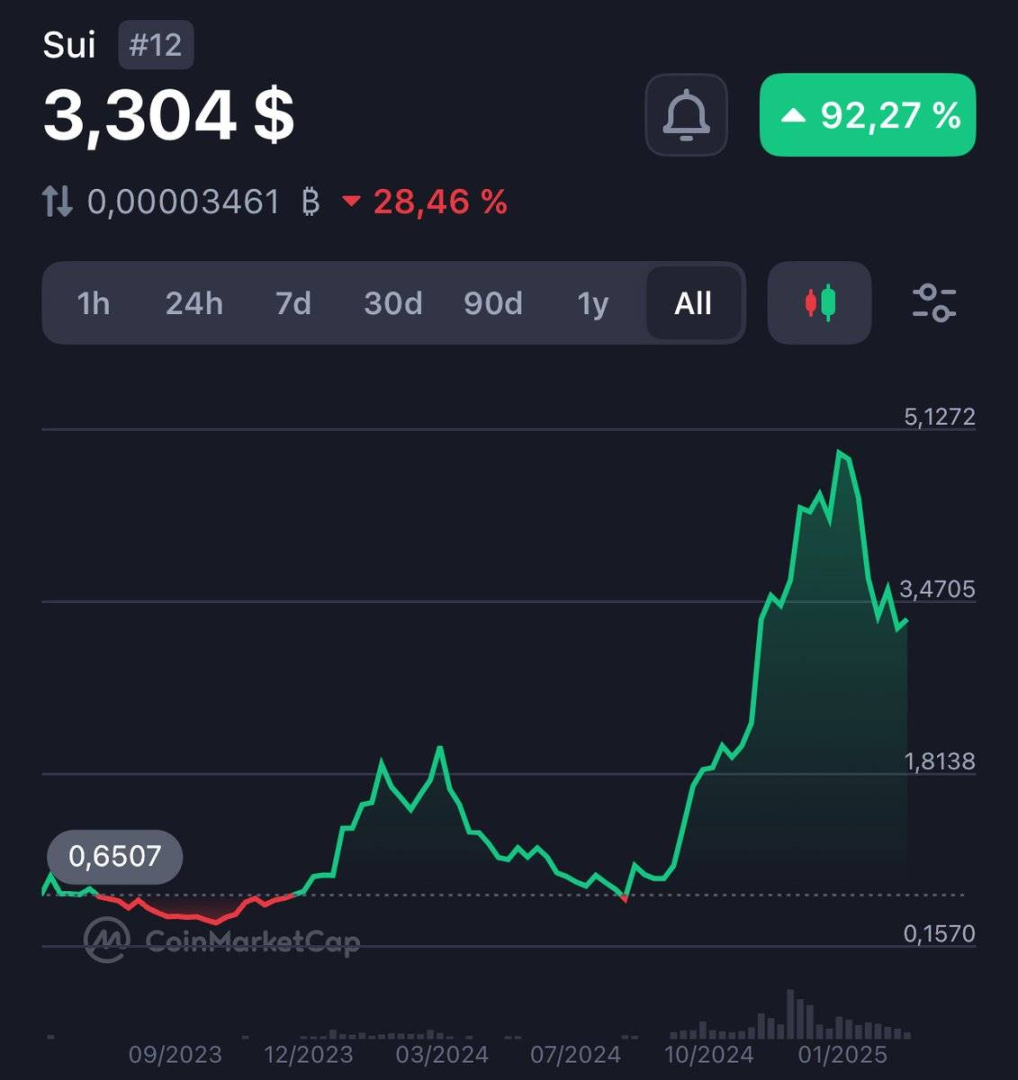Written by Angelo.sui
Compiled by: TechFlow
Sui vs Aptos: The ultimate Move blockchain showdown
The two blockchains, although both originated from Meta’s Diem project, have very different goals and technical paths. Only one is truly designed for large-scale user adoption.
Who will win between Sui and Aptos?
- Core Difference: Execution Model
- On the surface, Sui and Aptos have many similarities:
- Both are developed based on the Move programming language;
- All promise to provide high scalability;
- All of them aim to achieve large-scale application of Web3.
But the way they handle transactions is completely different, which is the key to $SUI's success.

Parallel execution vs sequential execution
- Sui: A true parallel execution model is used, which means thousands of transactions can be processed simultaneously, avoiding network congestion issues.
- Aptos: Using Block-STM technology, although it attempts to achieve parallel processing, it still requires sequential verification of transactions, which will invisibly slow down the overall processing speed.
Therefore, $SUI is inherently designed for speed, while $APT still relies on traditional transaction ordering mechanisms.
Sui's bottleneck-free design
During transaction execution, Aptos relies on packaging transactions into blocks for processing, a mechanism that easily creates performance bottlenecks.
In contrast, $SUI completely abandons the concept of global sorting, allowing transactions without interactive relationships to be executed independently.
No bottlenecks, no unnecessary delays, just more speed.
Sui is smarter. $SUI introduces a dynamic gas pricing mechanism, which allows users to avoid paying high fees in order to compete for priority transaction rights.
$APT uses the traditional Gas model. When the network is congested, users need to pay higher fees to ensure transaction priority.
Sui's Move programming language has more advantages. Although both Sui and Aptos are developed based on Move, $SUI has deeply customized Move to make it an object-based model. This improvement brings the following advantages:
- More intuitive for developers, reducing learning costs;
- Improved the execution efficiency of smart contracts;
- The design focuses more on security and reduces the risk of vulnerabilities.
In contrast, Aptos still uses the original version of Move and lacks targeted optimization, which makes Sui superior in usability.
NFT and Gaming
For NFT and gaming scenarios, fast, low cost and high throughput are core requirements.
- Sui’s object-centric model enables instant asset ownership changes without the need for complex smart contract logic.
- On Aptos, each asset transfer requires more on-chain computation, which makes NFT interactions slower and more costly.
Therefore, in the field of NFT and gaming, $SUI's technical design is more in line with actual needs.

Ecosystem: Organic Growth of $SUI
Although $APT enjoyed rapid development with strong venture capital support at its launch, its user adoption rate is gradually slowing down.
In contrast, $SUI’s growth was more organic, mainly due to the following aspects:
- Games and NFT projects tend to choose Sui rather than Aptos;
- The adoption rate of the DeFi ecosystem has steadily increased;
- Developer activity has increased significantly and the ecosystem continues to expand.
Real applications are better than venture capital hype, which is also the key to the sustainable development of $SUI.

Source: @DefiLlama
Network activity: $SUI leads the pack
Although $APT has a higher market value in the early stage, $SUI has surpassed it in core indicators such as daily trading volume and user engagement:
- Have more real users;
- Attracted more developers;
- Online activities are more active.
Data doesn’t lie, and $SUI’s performance proves its strong potential in practical applications.

Source: @Torero_Romero
Innovation versus imitation
Sui is not just another blockchain based on Move, it has achieved a qualitative leap in design:
- Horizontal expansion: meet future large-scale needs by supporting unlimited growth;
- Native support for games and high-frequency trading: providing the best support for high-performance scenarios;
- Optimized fee structure and user experience: making it easy for both users and developers to participate.
Aptos, on the other hand, chose a more conservative path, still relying on the traditional L1 mechanism and only optimizing some functions.
Conclusion: Sui is the future of blockchain
Aptos chose to play it safe, while Sui redesigned the Move programming language to make it more suitable for large-scale user adoption.
If you focus on the following key points:
- Speed and scalability: Sui is the winner;
- Sustainable Gas Fees: Sui is better;
- Games and NFT applications: Sui has more advantages;
- Real ecosystem growth: Sui performs better.
Although $APT performed well, $SUI has a completely different architecture and design and has stronger potential.
Don't underestimate Sui's potential
While the market is still arguing about the data of transactions per second (TPS), $SUI has already achieved a leading position in many aspects:
- Daily trading volume has surpassed @Aptos;
- Attracted more top developers and high-quality projects;
- It fully demonstrated the potential of the Move programming language, far exceeding people's expectations.
Currently, the market has not yet fully realized the true value of Sui.

Key question: How do you choose?
Are you still sticking with the Aptos narrative, or have you turned your attention to real technological innovation?
$SUI is currently the most advanced Move-based blockchain, and I believe this will soon be recognized by more people.














